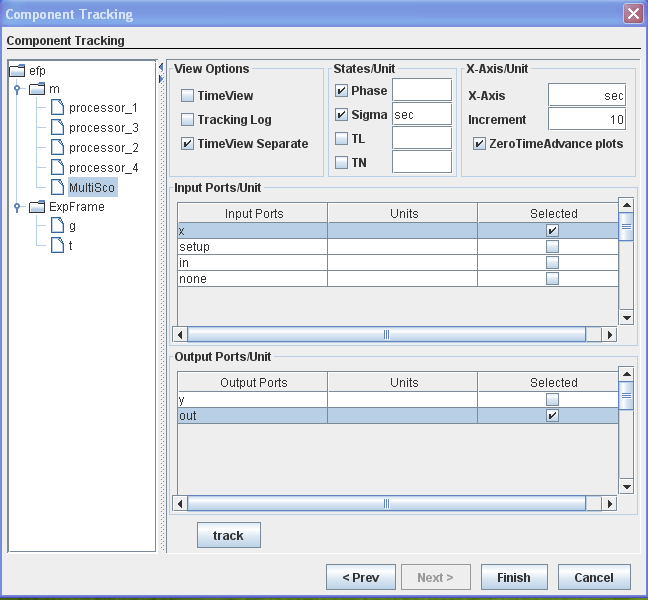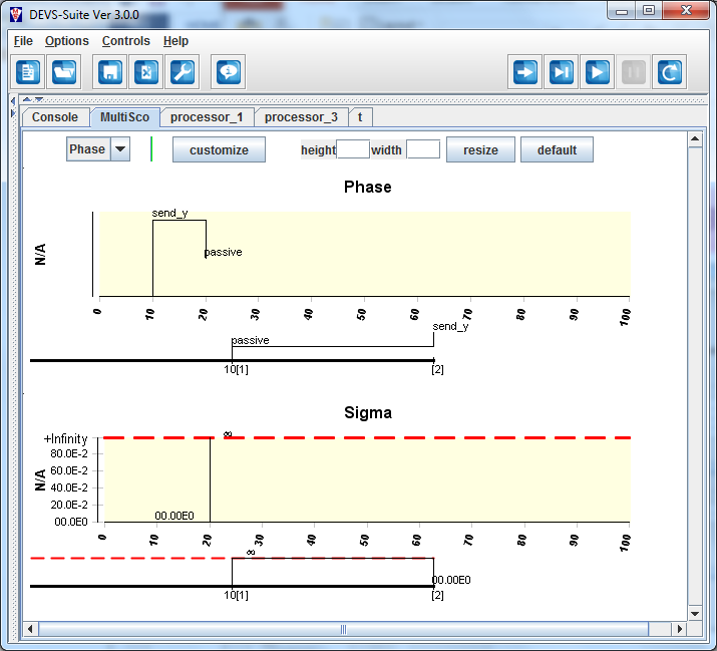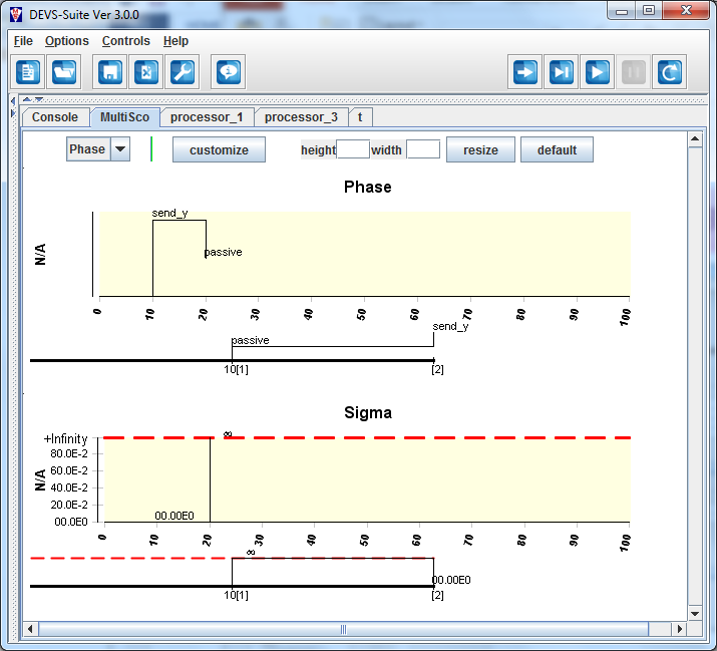
DEVS-Suite
Current: v6.1.0, released April 2021.
Source Information and Downloads
Windows 64-bit
| Version | JRE | Compiled(JAR) | Source | Webstart | Readme |
|---|---|---|---|---|---|
| 7.0 | 11, 17 with JavaFX 11, 17 | – | Engine + Sample [163 MB] | KIB-based CA & PDE Simulatable Models | |
| 6.1 | 1.8; 11, 15 with JavaFX 11, 15 | – | Engine + Sample [41.2 MB] | – | Addendum to the Guide | Readme | Installation Video |
| 6.0 | 1.8, 11 with JavaFX 11 | – | Engine + Sample [36 MB] | – | Guide | TestFrame | Postgres | Readme |
| 5.* | 1.8, 11 with JavaFX 11 | – | Engine + Sample [35 MB] | – | Guide | Readme |
| 4.* | 1.8-1.9 | Engine [25 MB] | Engine + Sample [25 MB] | – | Readme.txt | Readme |
| 3.* | 1.7-1.9 | Engine [24 MB] | Engine + Sample [25 MB] | – | Readme.txt | Readme |
| 2.* | 1.5-1.7 | Engine [688.7 KB] | Engine + Sample [1 MB] | Simple | Documents |
Windows 32-bit
| Version | JRE | Compiled | Source | Webstart | Readme |
|---|---|---|---|---|---|
| 2.* | 1.5-1.7 | Engine [688.7 KB] | Engine + Sample [503.5 KB] | Simple | Documents |
| 3.* | 1.7-1.9 | Engine [25 MB] | Engine + Source [25.2 MB] | Readme.txt | Documents |
Mac OS
| Version | JRE | Compiled(JAR) | Source | Webstart | Readme |
|---|---|---|---|---|---|
| 6.1 | 1.8; 11, 15 with JavaFX 11, 15 | – | Engine + Sample [41.2 MB] | – | Addendum to the Guide | Readme |
| 6.0 | 1.8, 11 with JavaFX 11 | – | Engine + Sample [36 MB] | – | Guide | TestFrame | Postgres | Readme |
| 5.* | 1.8, 11 with JavaFX 11 | – | Engine + Sample [35 MB] | – | Guide | Readme |
| 4.* | 1.8-1.9 | Engine [25 MB] | Engine + Sample [25 MB] | – | Readme.txt | Readme |
| 3.* | 1.7-1.9 | Engine [24 MB] | Engine + Sample [25 MB] | – | Readme.txt | Readme |
| 2.* | 1.5-1.7 | Engine [688.7 KB] | Engine + Sample [1 MB] | Simple | Documents |
Linux
| Version | JRE | Compiled(JAR) |
|---|---|---|
| 3.* | 1.7-1.9 | Engine [24.2 MB] |
Release Notes
Version 7.0.0
- Hybrid composable cellular automata agent and continuous modeling: Composable Cellular Automata (CCA), Knowledge Interchange Broker (KIB), and Modelica (FMUs / OpenModelica).
Version 6.1.0
- Black-Box Testing supports independently specifying test frames for parallel DEVS simulation models. Unit and integration testing can be independently defined according to the JUnit Testing framework while guaranteeing simulation execution correctness. [Developing Test Frames for DEVS Models: Black-Box Testing with White-Box Debugging]
- Database Repository supported with PostgreSQL for collecting simulation data. High-degree of support is automated for user-selected input, output, state variables with independent time duration. Customization and management of big data generated from very large models are key enablers for scaling the design and complexity of simulation experiments. [PostgreSQL Database Installation]

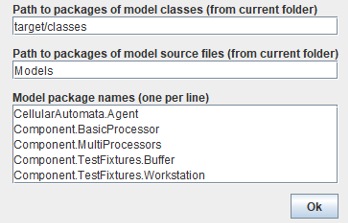
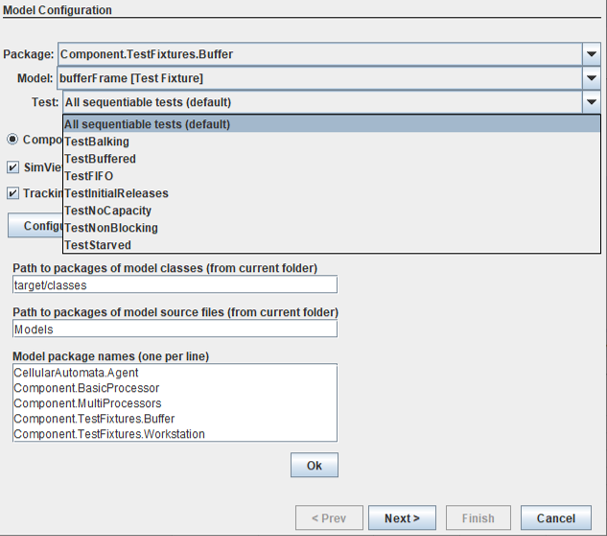

Version 5.0.0
- Component Tracking offers new features for flexibly tracking larger numbers of models with greater configuration options leading to working with complex experimentation supported with user-selected input/output/state data sets for superdense or linear time trajectories, and debugging during simulation executions.
- This simulator engine package is strictly separated from model packages. The “Models” package is divided into the “CellularAutomata” and “Component” packages. User-defined model packages can be added alongside the provided model packages. The Component package is restructured to a collection of packages, each providing a set of model components focusing on a class of general and specific system types including single-input-single-output, basic and multiprocessor architectures, and switch networks. Similarly, the Cellular Automata package offers a collection of packages including game of life, system biology chemotaxis, forest fire, and heat diffusion.
- Every state variable can be tracked using “@state(log = state.DEFAULT_CHECKED)” declarations. See the “multiServerCoord.java” model in the “Component.MultiProcessors” package for an example.
- The TimeView API is updated according to the latest 4.8 BIRT plugin.
- Supports JRE 8 and JRE 11 / JavaFX 11.
Version 4.0.0
- DEVS-Suite (Version 4.0.0) supports both Component and Cellular Automata Parallel DEVS modeling and simulation. The component-based capabilities are adapted and extended for CA modeling, simulation, and visualization. New concepts and capabilities for tracking, animation, playback, and area zooming are supported at scale. New concepts for component tracking (automated transducers) include mixed separate and stack time trajectories with naming, dynamic tracking log, and configuration interface. For Cellular Automata, independent tracking of any number of cells with independent start times is supported. The time-based trajectory plotting is enriched to handle zero-time advance at the start of simulation.
- Component and Cellular Automata example models are provided in the ComponentMod and CAMod packages and their sub-packages (model libraries). The component models developed in earlier versions of the DEVS-Suite can be reused in this version with simple name refactoring.
- Models in the ComponentMod model library (previously called SimpArcMod) has a collection of models that have been used for several years in researching and teaching fundamentals of component-based modeling and simulation. The NoC-DEVS is the newest model library supported by the Action-Level Real-Time DEVS and Constrained DEVS modeling and simulation capabilities including both verification and validaiton.
* JRE 9 supports computers (e.g., Microsoft’s Surface and MacBook Air) that have high-resolution displays. Use of JRE 9, unlike JREs 7 and 8, correctly displays all UIs and time trajectories on such computers.
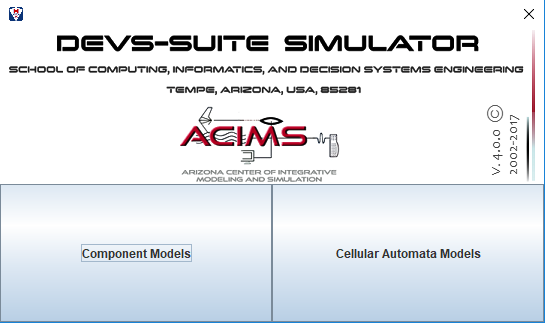

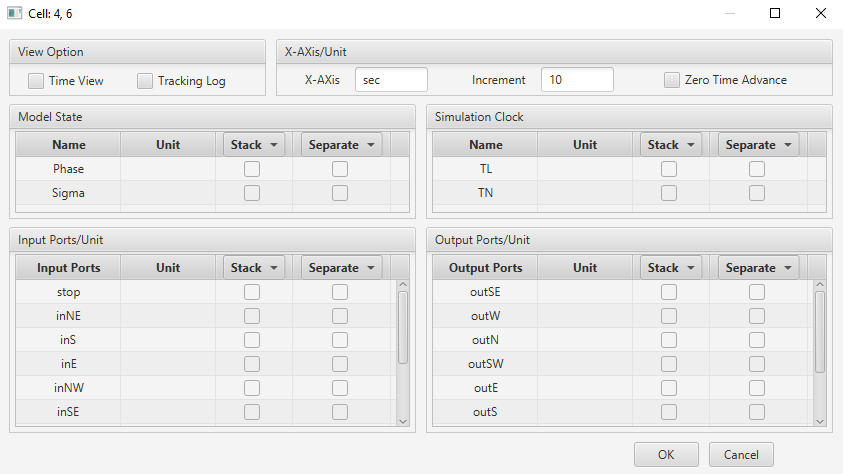
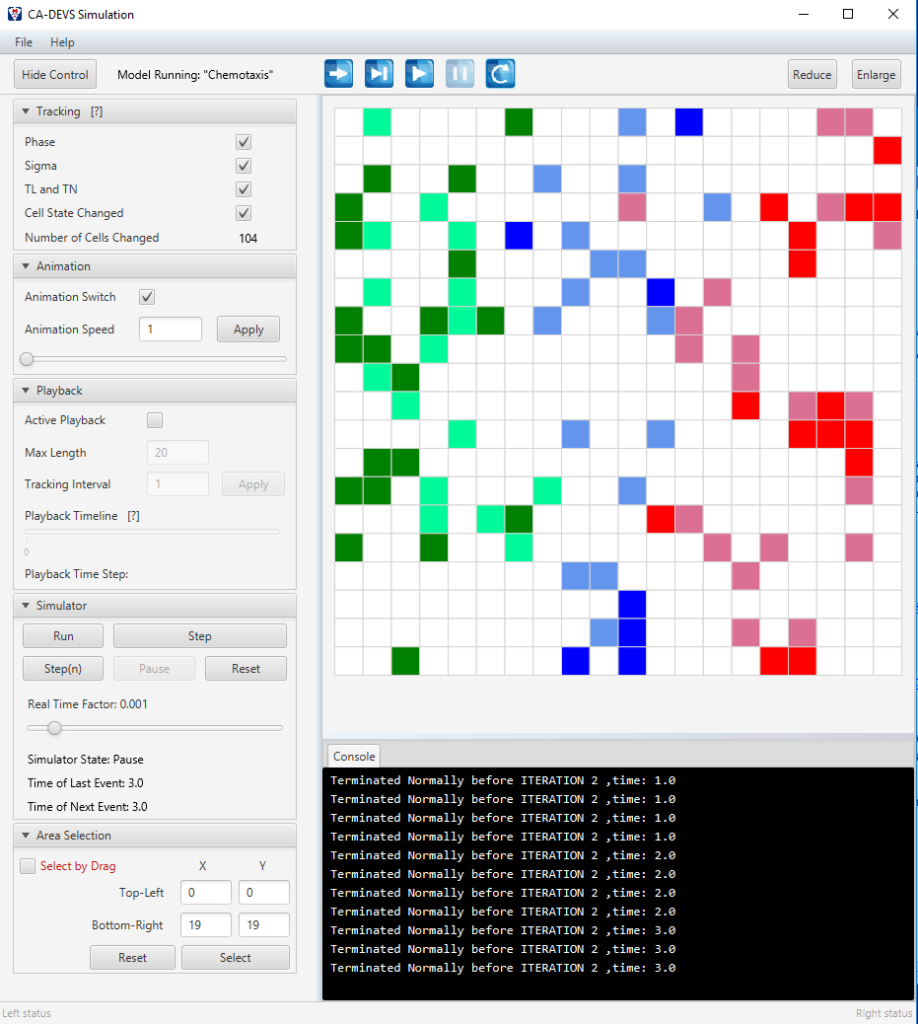

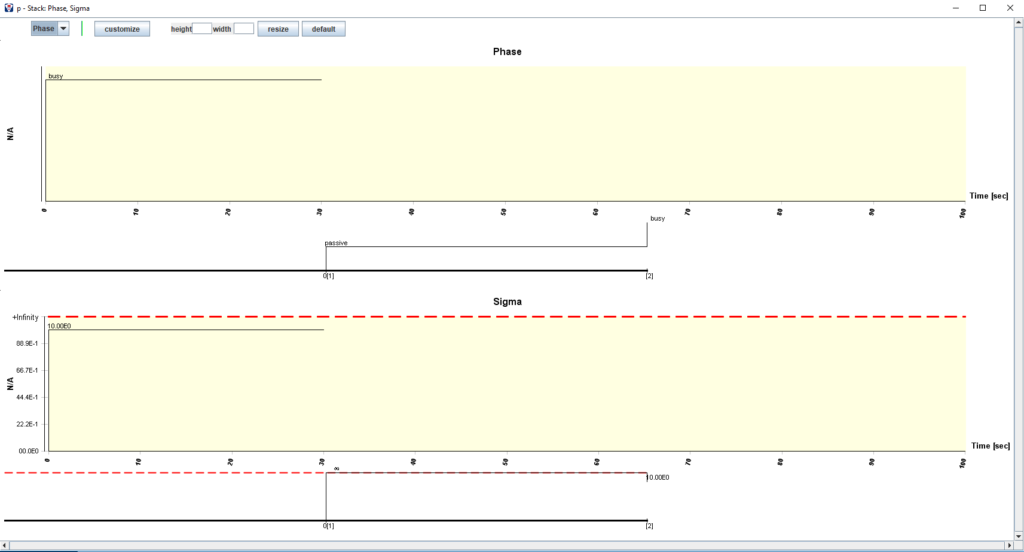
Version 3.0.0
- Version 3.0.0 is the first discrete-event/discrete-time simulator that offers the capability to generate and display Superdense Time Trajectories.
- Two new types of time-based trajectories (plots) are introduced to the Business Intelligence Reporting Tool (BIRT) and then integrated into the DEVS-Suite 2.1.0. This simulator supports a rich set of capabilities for creating and customizing two new kinds of linear time-based (event and piecewise constant) trajectories . It is the next generation of the DEVS-Suite 2.1.0 which introduced Automated Data Collection enabled by the DEVS Tracking Environment. This simulator replaced DEVSJAVA. It is built according to the MFVC architecture. Simulation dynamics can be viewed at run-time as time-based trajectories and tables as well as storing into CSV files for post-processing. Visualization of time trajectories can be synchronized with animation of hierarchical input/output communications between model components.
- Models in the SimpArcMod library has a collection of models that have been used for several years in researching and teaching fundamentals of component-based modeling.
- Model libraries include SOA-Compliant DEVS, SOC-DEVS, RTL DEVS, Networked SW/HW, Semiconductor Supply-Chain Systems, Variable Structure DEVS, Swarm-nets, and UML Design Patterns.
- Constrained DEVS models supports model-checking. The Knowledge Interchange Broker (KIB) models for composing DEVS and Model-Predictive Control (MPC) model types as well as DEVS and GRASS model types are also available.
